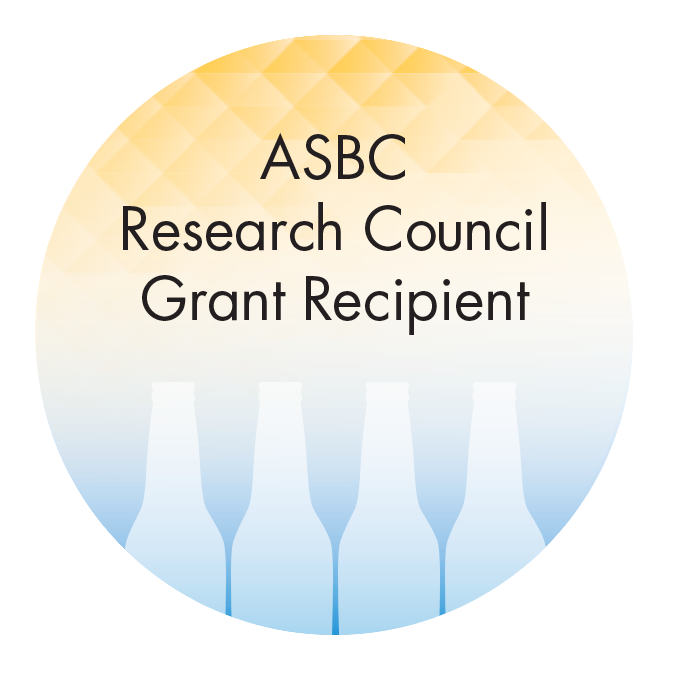|
|
Display Title
Page Content 2019 Project Grant
North Dakota State University
Distribution of Fusarium in barley grain kernels and its effect on the development of trichothecene mycotoxins during malting
 Practical experience has shown that Fusarium Head Blight (FHB) barley with low deoxynivalenol (DON) levels (e.g.<0.5 mg/kg) can often be used in malting as DON declines during steeping and remains lower on malt. However, an occasional problem is that germination of low DON barley sometimes results in malt with DON levels higher than the original barley, which has been extensively seen during malting of some barley grains from the upper Midwest and Prairie provinces of Canada in 2016. Some maltsters refer to this behavior as resulting from internal infection of Fusarium, as opposed to the more common external infection. Our last research project investigated patterns of fungal distribution in single kernels by means of fungus-specific microscopic evaluation. Results showed that the infection in barley was largely associated with the husk and there was limited penetration into aleurone layer and endosperm. However, some internal infection was observed in the endosperm region under crease bottom in those barley samples of DON increase, and the fungal hyphae grew extensively in the aleurone layer and endosperm of malt. The internal infection was also observed in most kernels of FHB wheat, rye and triticale that exhibited DON increases during malting (Jin et al., 2018 a & b). Fungi in internal regions are likely not susceptible to removal by cleaning or steeping operations of malting, and as such, it is a potential site of fungal growth and mycotoxin production. The distribution of Fusarium in grains may relate to the early or late infection and grain structures.
Principal Investigators
Dr. Zhao Jin and Dr. Paul Schwarz
Project Objectives
Objectives of the project are to investigate the effect of infection timing on Fusarium distribution in barley grains and on the development of trichothecene mycotoxins during malting. Factors to be evaluated include: (a) Distribution of Fusarium in the grains of early and late infection; (b) Development of Fusarium distribution patterns during malting; (c) Fusarium growth (Tri 5 DNA levels) and mycotoxin accumulation during malting, as influenced by infection distribution and grain storage.
Project Final Report
As a sponsorship benefit, a final report will be submitted in the fall of 2020 to the ASBC Research Council.
|
|
|
